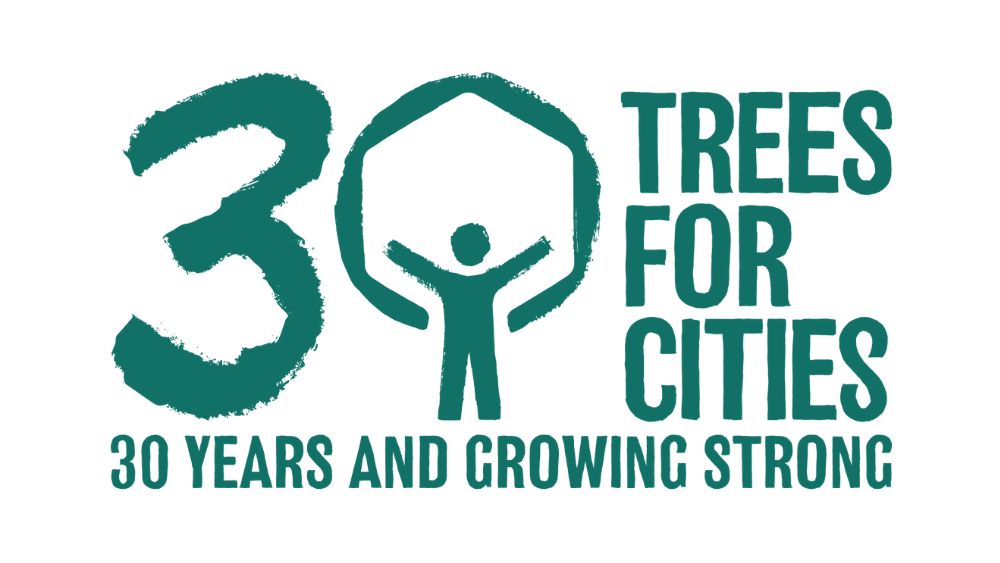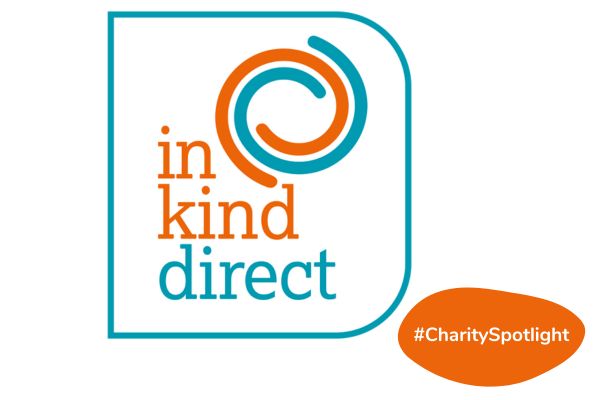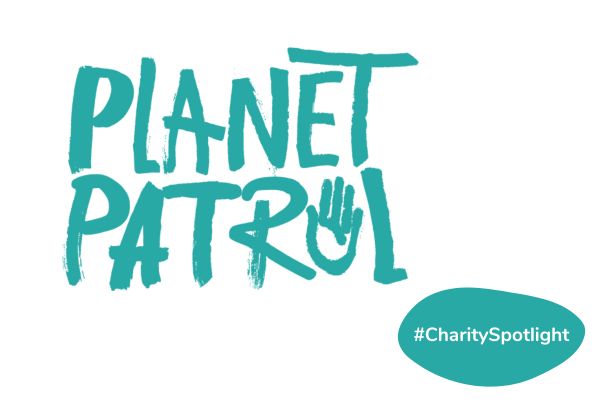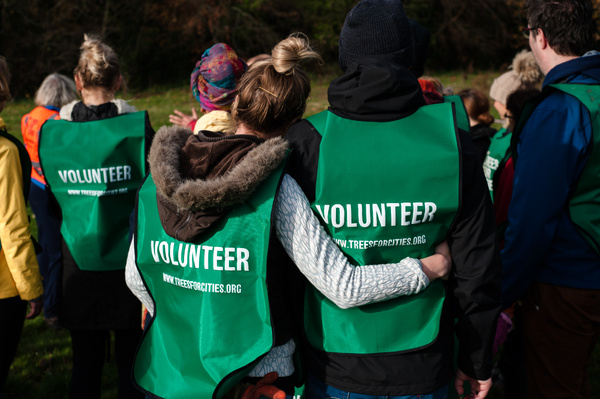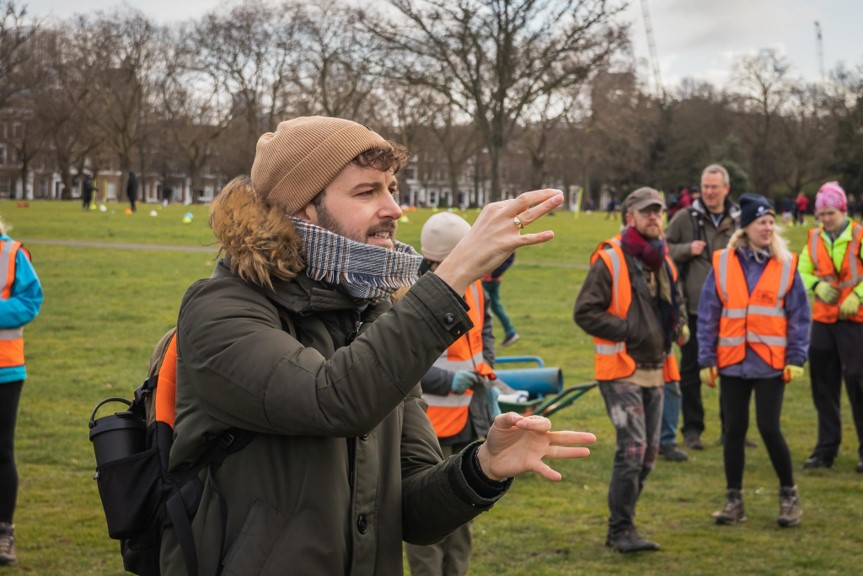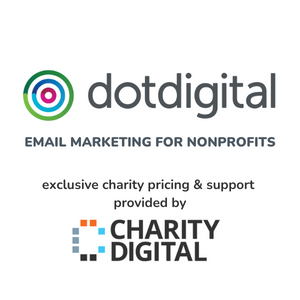Insights
INSIGHTS
All Topics
Charity Spotlight: Emma Peet, Marketing and Communications Manager at Trees for Cities
We learn about how Trees for Cities communicates with their audience to get stuck in with local communities and cultivate lasting change in their neighbourhoods
Communications can be a deceptively tricky endeavor, particularly for charities – who often have to balance tackling weighty causes with inviting diverse audiences to join them in achieving their mission.
One charity striking this balance is Trees for Cities. They help local communities plant trees to cultivate lasting change in their neighborhoods. We speak to Emma Peet, Marketing and Communications Manager at Trees for Cities, to learn about finding the balance between communicating problems and solutions, writing accessible communications, telling stories with people at the centre, and more.
Charity Digital (CD): How do you approach the subject of climate change in your communications to help people feel empowered to take action?
Emma Peet (EP): At its very core, what is special about Trees for Cities is that we are ultimately a delivery charity, focused on planting urban trees and greening towns and cities. We engage with residents across the UK to volunteer at our planting days. With climate change mitigation being one of key benefits of our wonderful trees – and with over 80% of the UK’s population living in towns and cities – this is a clear call to action in our communications that really spurs people on to get involved.
Planting trees is a very tangible way to do something positive for the environment and engage with your local community, which we hear time and time again from our volunteers. Showcasing this in our case studies and videos helps break down any potential barriers to climate action. With climate change being a very serious and multifaceted topic, and one that as a human race we are far from solving, we always want to strike a balance between presenting the disheartening facts and offering solutions.
CD: How does your use of language change when engaging different groups, for example children, corporates, international audiences, and the public? And do you have any useful internal processes that help you speak to these different groups in the best ways?
EP: Great question! Asking our audiences how they want to be engaged is critical to hit the mark, such as our Youth Panel and Youth Programme participants who give us invaluable feedback. During our consultation sessions in the areas we work in, we speak with a variety of groups (across youth, faith, education, and climate action, for instance) to make sure we understand a diverse range of needs.
Our organisational structure also means that our different teams are experienced in communicating with specific audiences. Our schools team for example are experts at liaising with children and teachers, our engagement team frequently speak to the general public, and our corporate team manage (you guessed it) corporate relationships.
CD: As part of the ‘Language of Nature’ programme, how have your communications become more accessible, and do you have any advice to other charities make their communications more accessible?
EP: For a bit of background, Language of Nature focuses on how best we can connect people with disabilities with nature conservation and restoration, with a focus on the role communication plays on a person’s engagement with nature. The fantastic charity Sensory Trust has partnered with us and provided comprehensive training on best accessibility practices.
On the ground we have organised more accessible planting events: we had a British Sign Language interpreter at our Victoria Park community planting day, which we’ll look to include at future events upon request. We share accessibility information online, ensure accessibility-trained staff for our planting days, and do a thorough post-event review. We’ve also created new resources for community workshops and events, which we continually evolve based on feedback. From a website perspective we always aim for contrasting colours, clear image captions, and metadata, for example.
My best advice is to partner with experts in the area like Sensory Trust, and always have an open mind to aspire for better, no matter where you are on your accessibility journey. Planting “urban trees for all, by all” is our vision, which includes striving for better accessibility practices.
CD: How do you use different online channels to reach and engage all the different types of people in your audience?
EP: Something we say a lot at Trees for Cities is “Right tree, right place” in terms of tree species selection. I’ll spin this and say “Right channel, right audience” to optimise engagement! We start with the data to inform our comms decisions looking at our key demographics. For example, we know that the lion’s share of our website visitors are between 18-35 from a range of backgrounds. As this is quite broad, we home in on what our followers are searching for that brings them to our website, with tactics like using Google AdWords.
As quite a small marketing and communications team, we focus our efforts on what we know resonates. Research from organisations like yourselves really helps to inform our digital strategy. We shared your piece internally on Social media facts you need to know in 2024, and it was very enlightening to learn that 57% of people who watch non-profit videos donate.
Creating more videos is something that we are focusing on, such as short reels for social media. WeAre8 is a great video platform and tech-for-good tool that I really rate and we’ve seen good engagement from, where you can donate to charities in exchange for the time you spend watching videos.
CD: How does the “Stories” section of your website help Trees for Cities achieve its goals?
EP: When I look at the last three stories posted (as of 03 November 2023) they all put people at the centre: planting trees in honour of His Majesty’s Coronation year, the mental health benefits of trees, and celebrating an award win for our Chair of Trustees. Our mission is to improve people’s lives by planting trees in towns and cities, and our Stories section allows us to showcase specific benefits and examples of planting more urban trees and green spaces.
This section is also open to volunteer writers who can contribute their knowledge and expertise (or should I say, expertrees!), our collective voice helping us to stay relevant and keep our content diverse.
It’s an exciting time for us as our 30th anniversary and National Tree Week is on the horizon, so you can expect to see some fun stories here!
Learn more about Trees for Cities’ work
Click above to learn more about Trees for Cities’ work improving lives by planting trees in cities
Josie Sparling
More on this topic
Related Content
Featured Products
Our Events
Q&A session: An introduction to Microsoft Copilot
Join us on the 14th of May for our Q&A session. It will provide a whistlestop tour of Microsoft Copilot’s key capabilities, how they can help charities, and answer all your burning questions around Microsoft’s AI service.
We use cookies so we can provide you with the best online experience. By continuing to browse this site you are agreeing to our use of cookies. Click on the banner to find out more.

